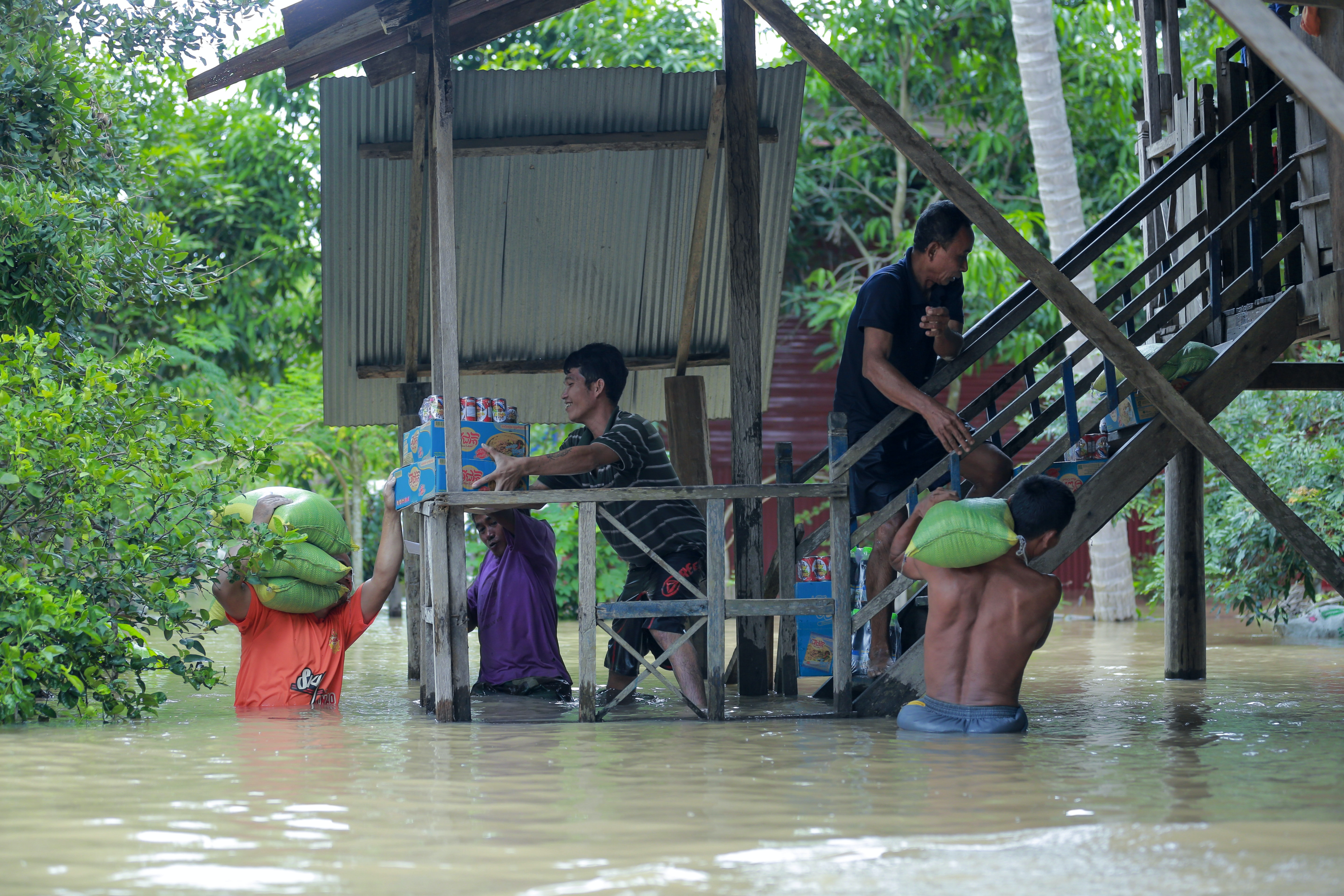Media release
From:
Environment: Anticipating megafloods across Europe
Megafloods in Europe may be anticipated from observations of previous floods in hydrologically similar areas in other regions, according to a paper published in Nature Geoscience.
Megafloods are floods that vastly exceed flooding previously experienced in a given location, causing catastrophic damage and loss of life. Megafloods, such as the 2021 extreme event at the Rhine tributaries in Germany, are difficult to predict due to their very rare nature and the lack of sufficient observational records. The difficulty in anticipating unprecedented flooding can lead to insufficient flood defences and response measures, exacerbating their impacts.
Miriam Bertola and colleagues analyse continental-scale river discharge observations from 8,000 gauging stations across Europe from 1810–2021, identifying 510 megafloods. They find that regions with similar hydrological attributes tend to produce very similar extremes across the continent. They suggest that 95.5% of observed megafloods could have been anticipated based on previous events at similar locations. They propose that observations of megafloods in one location could provide an indication of the magnitude of flooding that could be expected in other locations across Europe with similar attributes.
This continental-scale approach could help to provide information from which appropriate flood defence measures and preparations can be implemented. The authors conclude that their findings demonstrate the importance of moving beyond local catchments when assessing flood risk and considering events from other locations and catchments.



 International
International



